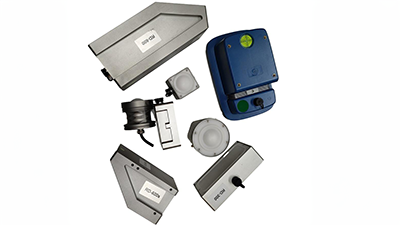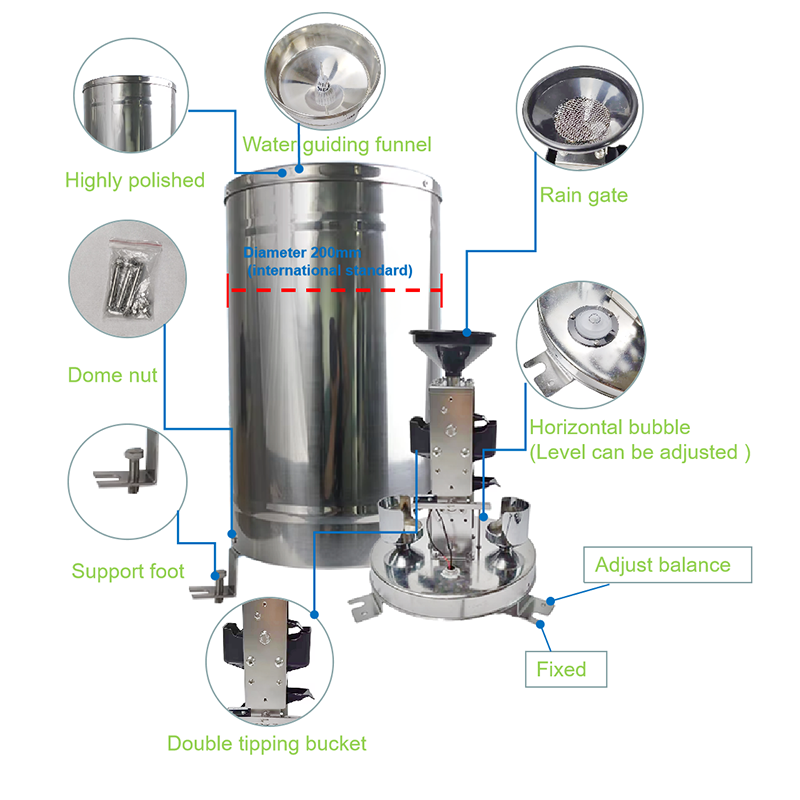With the installation of flow sensors in Chitlapakkam Lake to determine the inflow and outflow of water from the lake, flood mitigation will become easier.
Every year, Chennai experiences severe flooding, with cars being swept away, houses being submerged and residents walking on flooded streets. One of the affected areas is Chitlapakkam, which is located between three lakes – Chitlapakkam, Seliyur and Rajakilpakkam – on agricultural land in Chengalpettu. Due to its proximity to these water bodies, Chitlapakkam suffers from extensive flooding during the strong monsoon in Chennai.
We have even started building a flood regulator to regulate the excess water flowing downstream and flooding our homes. All these drains are interconnected to carry floodwaters into Sembakkam Lake downstream.
However, effective use of these drains requires understanding their carrying capacity and monitoring the excess water flow in real time during the monsoon. That is why I came up with a sensor system and a lake control room to track the water level of the lakes.
Flow sensors help determine the net inflow and outflow of the lake and can automatically send this information to the disaster management command center with 24/7 backup and WiFi arrangements. They can then take appropriate decisions and take preemptive measures to use flood regulators during the monsoon season. One such lake sensor is currently being constructed in Chilapakum Lake.
What can a water flow sensor do?
The sensor will record the water level of the lake on a daily basis, which will help quantify the current amount of water and storage capacity of the lake. According to the World Development Program, the Chilapakum Lake has a storage capacity of 7 million cubic feet. However, the water level in the lake fluctuates from season to season and even on a daily basis, making continuous sensor monitoring more than just a recording measure.
So, what can we do with this information? If all the inlets and outlets of the lake have flow measurement sensors, we can measure the amount of water entering the lake and discharging downstream. During the monsoon, these sensors can notify the authorities when the lake reaches its full capacity or exceeds the maximum water level (MWL). This information can also be used to predict how long it will take to discharge the excess water.
This approach can even help us assess how much rainwater is being stored in the lake and how much is being discharged to downstream lakes. Based on the capacity and remaining readings, we can deepen or rehabilitate the urban lakes to store more rainwater and thus avoid flooding downstream. This will help in making better decisions regarding existing flood control drains and whether more macro cuts and covering drains are needed.
The rain gauge sensors will provide information on the catchment area of Chitrapakkam Lake. If a certain amount of rainfall is predicted, the sensors can quickly identify how much water will enter Chitrapakkam Lake, how much will flood residential areas and how much will remain in the lake. This information can allow flood management departments to open accordingly as a precautionary measure to prevent flooding and control its extent.
Urbanization and the need for fast recording
In recent years, the inflow and outflow of rainwater from the lake has not been monitored, resulting in a lack of real-time measurement records. Earlier, the lakes were mostly located in rural areas with large agricultural catchment areas. However, with rapid urbanization, a lot of construction has been done in and around the lakes, leading to severe flooding in the city.
Over the years, the discharge of rainwater has increased, estimated to have increased by at least three times. It is very important to record these changes. By understanding the extent of this discharge, we can implement techniques such as macro-drainage to manage specific amounts of flood water, directing it to other lakes or deepening existing water bodies.
Post time: Jul-12-2024



